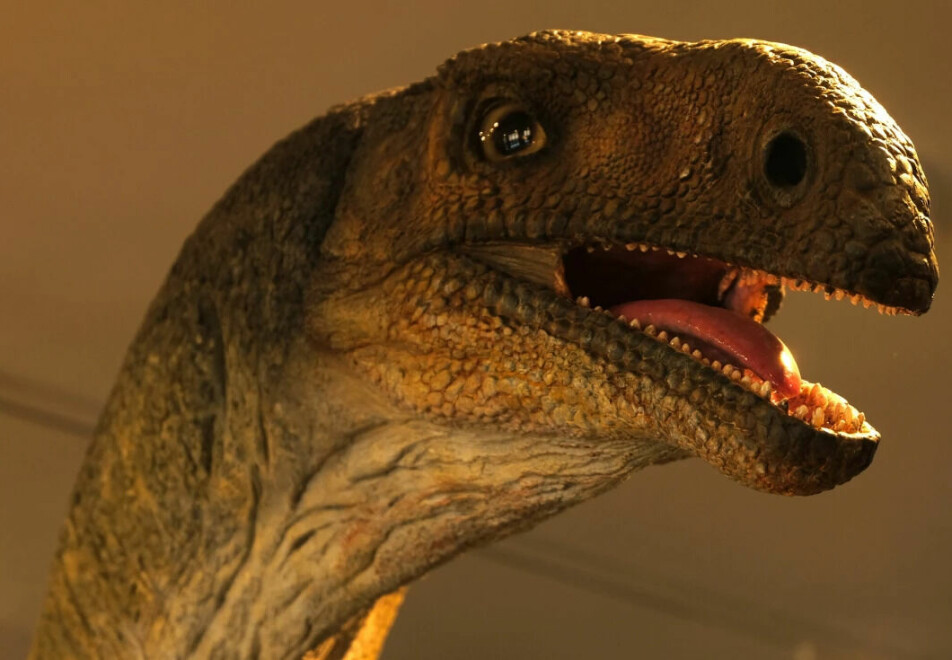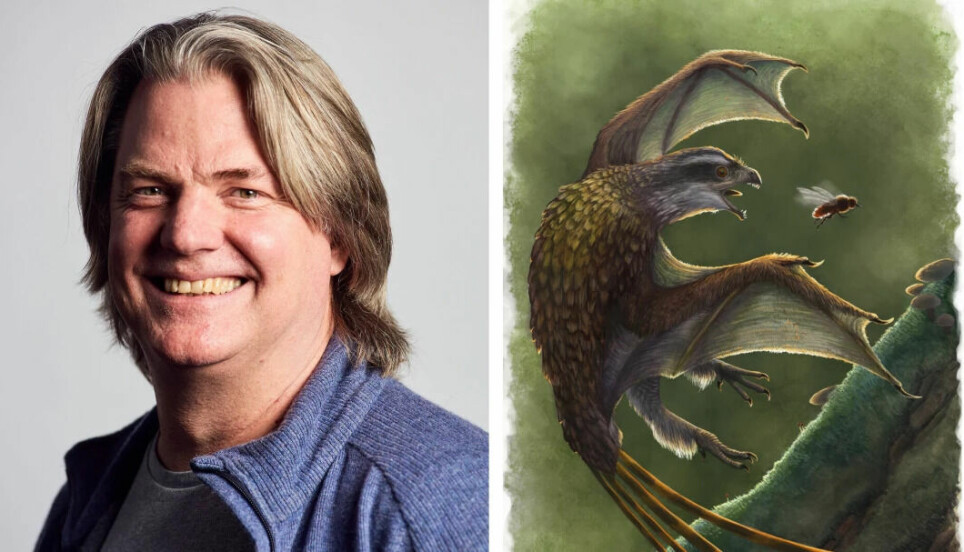
Here are 12 of the most exciting prehistoric animal discoveries
Palaeontologist Jørn Hurum takes us through the highlights of dinosaurs and other extinct animals over the past 20 years.
Fish with legs, monster lizards from Svalbard and a spectacularly well-preserved ankylosaur from Canada. These are among Jørn Hurum's picks for the top discoveries of dinosaurs and other prehistoric animals from the past two decades
Palaeontologist Hurum is a professor at the Natural History Museum at the University of Oslo. Besides scientific publications he has also written a number of popular science books and children's books, hosted TV-shows and summed up his research findings on the fossil Ida in a music video of sorts.
Forskning.no, the Norwegian version of sciencenorway.no, turns 20 this year. To celebrate the occasion, we’re looking back at selected fields.
And so without further ado, here is Hurum's list of the top dinosaur and prehistoric animal discoveries from the past two decades.
2002: A flying lizard almost as big as a giraffe
“They were almost as big as giraffes,” Hurum said. “They were so big that you weren't sure if they could even fly.”
This has been thoroughly discussed. But it must have been possible for them to take off using four legs. They could walk with their wings.
The animal lived on an island in what is now Transylvania. Scientists believe it was a top predator on the island, according to The Guardian.
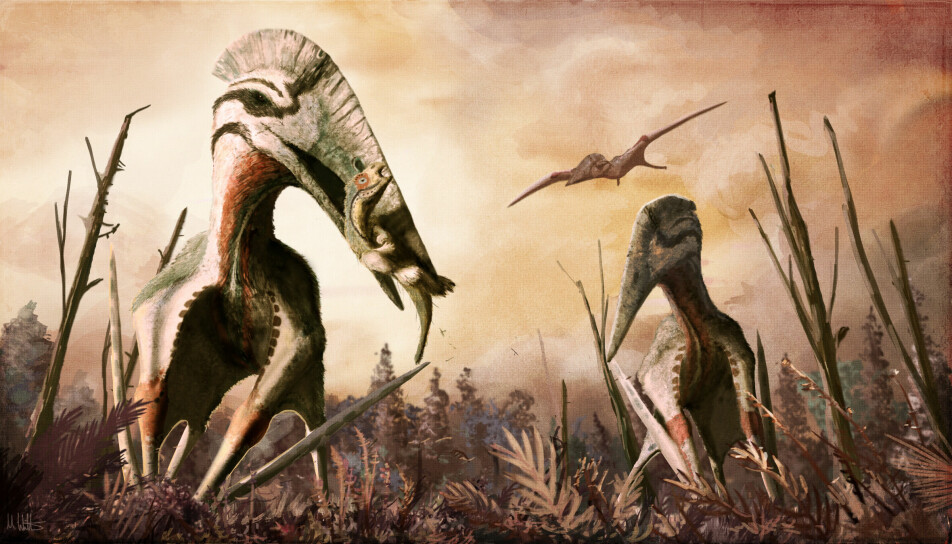
2003: Polish dinosaur ancestor
The dinosaurs evolved during the Triassic period, which was 252 to 201 million years ago. But what did their ancestors look like?
In 2003, scientists found an early relative of the dinosaurs, Silesaurus, which lived in the Triassic.
They weren't very big, a couple of metres long. They were slender, walked on four legs and were presumably active and athletic, according to Wikipedia. They ate plants or insects.
“It has turned out that there are some very good deposits in the south of Poland. They have become very famous in the last 20 years because they have so many fine fossils of some typical Triassic animals, but also some slightly more advanced animals that are beginning to look like dinosaurs,” Hurum said.
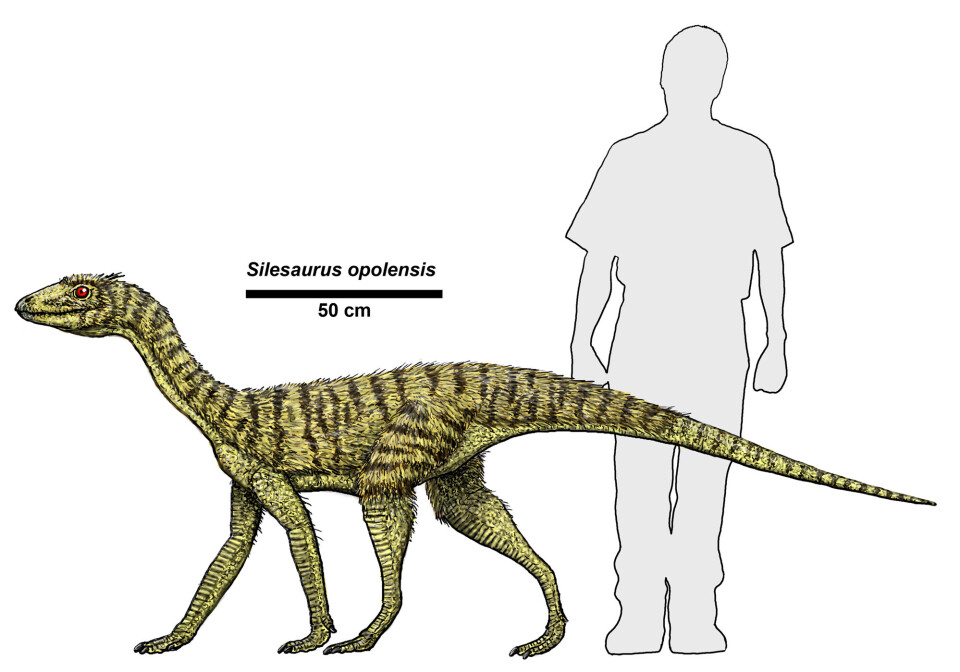
2004: The great-grandfather of Tyrannosaurus rex
We all know Tyrannosaurus rex. The king lived in North America at the end of the Cretaceous period, from 145 to 66 million years ago.
A discovery from 2004 showed that the ancestors of the tyrannosaurus did not come from North America, but from Asia.
“They wandered over and became big in North America afterwards,” Hurum said.
The T-rex ancestor is called Dilong paradoxus, and was found in western Liaoning province in northeastern China, an area known as the ‘Pompeii for dinosaurs’.
It was far less fearsome than its great-grandchildren and was about two metres long.
“It also turns out that they had feathers,” Hurum says.
It has been speculated whether Tyrannosaurus rex also had down. But prints of the skin of the giants have now been found, and there was no trace of feathers.
“But it makes you wonder whether Tyrannosaurus rex had down when they were newly hatched,” Hurum said.

2006: Tiktaalik, the fish that had legs
Land animals are descended from aquatic animals. But how did the transition from sea to land take place? In 2006, news broke of a sensational discovery.
A fish-like animal was ‘caught in the act’ on its way up to land.
The animal lived 375 million years ago. Ten million years later, the first four-legged animals, called tetrapods, appeared.
Tiktaalik, which had traits from both early four-legged land animals and fish, filled a gap in the evolutionary line, although other species had been found that documented this development before and after.
“A part of the story from the transition from fish to the first animals with four legs was missing. This is a fish that almost has four legs and of which very fine fossils have been found,” Hurum said.
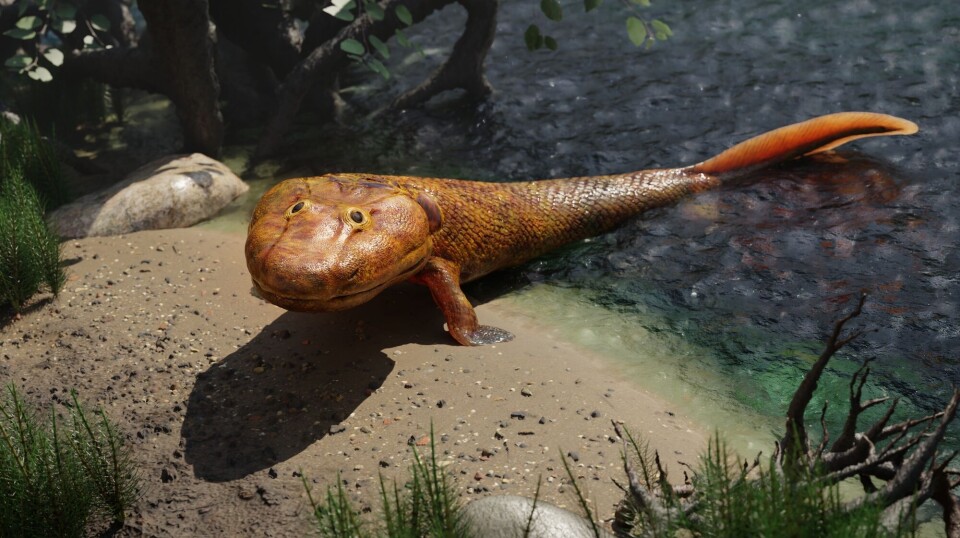
2008: A pregnant fish
Most fish lay eggs today, but the discovery of an ancient pregnant fish surprised palaeontologists.
The fossil showed that giving birth to live young - as opposed to being hatched from egges - is not a modern invention.
Materpiscis attenboroughi is the oldest pregnant animal found. It lived in the late Devonian, somewhat before Tiktaalik.
“It shows that the early fish with jaws gave birth to live young. That was completely unexpected,” Hurum said.
They gave birth to a few live young that were large.
“They even have a preserved umbilical cord,” Hurum said. “The fact that fish now lay thousands of eggs is something they since have specialized in. It changes our understanding of what came first.”
The finding also shows that the fish must have practiced internal fertilization. Unlike today’s fish, the male did not spray milt over eggs that were deposited in the water.
“This means that these fish must have come very close to each other and must have had sex,” Hurum said.
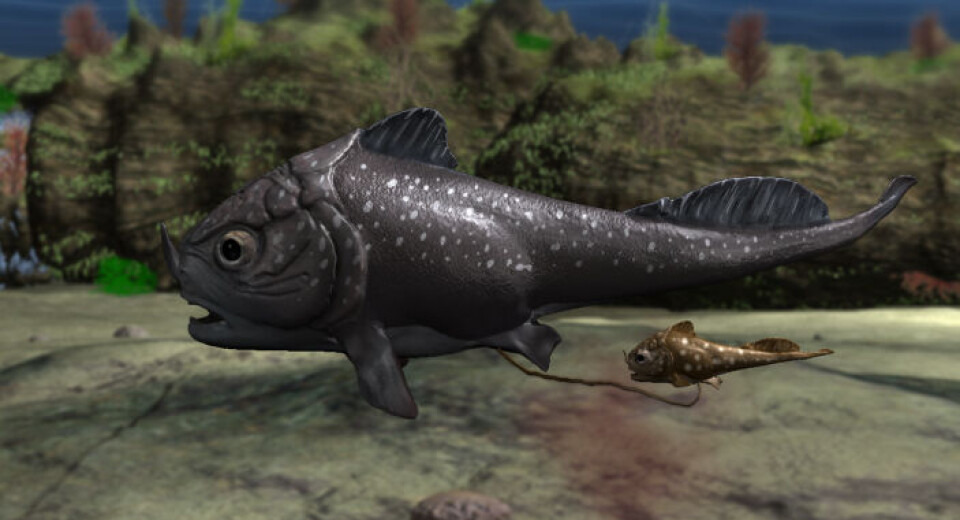
2009: Ida
You might remember Ida. The fossil was found during a private expedition in Messel in Germany in 1982, and kept secret for 24 years. Ida was then purchased by the Natural History Museum in Oslo. Jørn Hurum led the research group that described the fossil.
Ida was, and still is, the oldest and best-preserved primate fossil found in the world.
The primate lived 47 million years ago.
Ida became world famous when the research article on the fossil was released.
The fossil has features that make the researchers believe it belongs at the bottom of the branch that gave rise to humans and great apes. It can thus represent a connecting link in our development history.
Other researchers disagree. The fossil and the dissemination of the research was much debated. The debate is about whether Ida belongs to the lemur branch or the monkey branch (and thus the human branch).
Agreed to disagree
According to DNA studies, monkeys and lemurs separated quite a long time before Ida, Hurum said.
“Then the question is, which of these two branches is Ida on? She doesn't really fit either,” Hurum said. “We who described Ida in 2009 believe that she is mostly on the monkey side, while there are other researchers who believe that she is mostly on the lemur side.”
The researchers have essentially agreed to disagree, he said. The problem can only be resolved if several good, equally old fossils are found.
The scientific name for the species is Darwinius masillae.
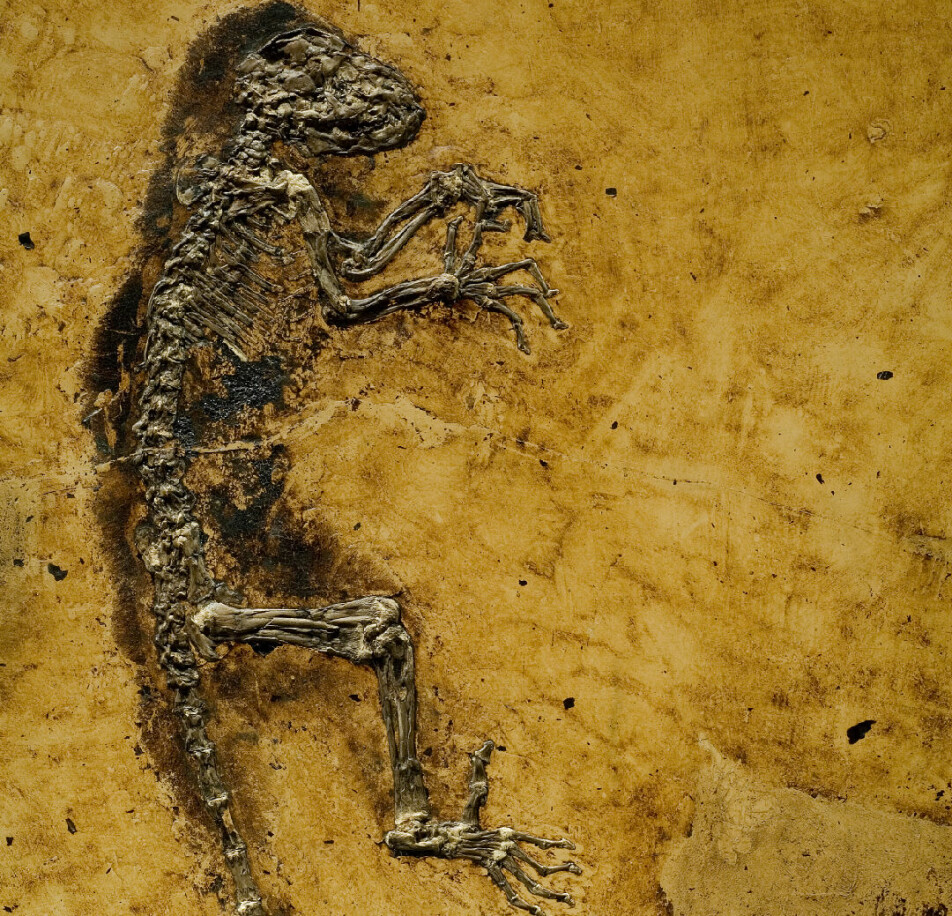
“It is an incredibly beautiful fossil. We named her Darwinius after Charles Darwin. It had been 150 years since he published the book ‘The Origin of Species’ and 200 years after he was born,” Hurum said.
2009: A whale with four legs
Another discovery from 2009 that Hurum highlights is a pregnant whale. She was about the same age as Ida and lived 47 million years ago.
Whales are descended from land mammals. This is evident in the fossil of the species Maiacetus, which means whale mother.
“It is as if you have mated an otter and a crocodile,” Hurum said.
“What's funny about it is that it's a four-legged creature that can obviously still walk on land, but is a whale,” he said.
The animal had a large foetus in its belly, which was lying with its head against the mother's hip.
“It would have been born the way land animals give birth. Whales today give birth by breech birth. This shows that when these were about to give birth, they went up on land,” he said.

2011: Bird-like dinosaur shows evolution
The primitive bird-like dinosaur Archaeopteryx was found in Germany as early as 1861.
It looked like a dinosaur, but also like a bird. This proto bird had teeth and a long, bony tail like a reptile. It had wings and full plumage, and it had claws on its front legs.
The first fossil was found just two years after Darwin published ‘On the Origin of Species’ and was used as evidence to support the theory of evolution. The animal looked like an intermediary between a reptile and a bird.
But it would be a long time before something was found that resembled a primitive bird — and that was even older. This fossil could expand our understanding of how birds evolved. In 2011, Xiaotingia was found.
Xiaotingia was not a bird, but a dinosaur with many bird features, and it was older than the primitive bird.
“It is a dinosaur with feathers that is very advanced, but which is clearly a dinosaur,” Hurum said.
Xiaotingia is in the group that evolved into birds. It too was found in Liaoning in China. Xiaotingia lived 155 million years ago, while the proto bird lived 150 million years ago.
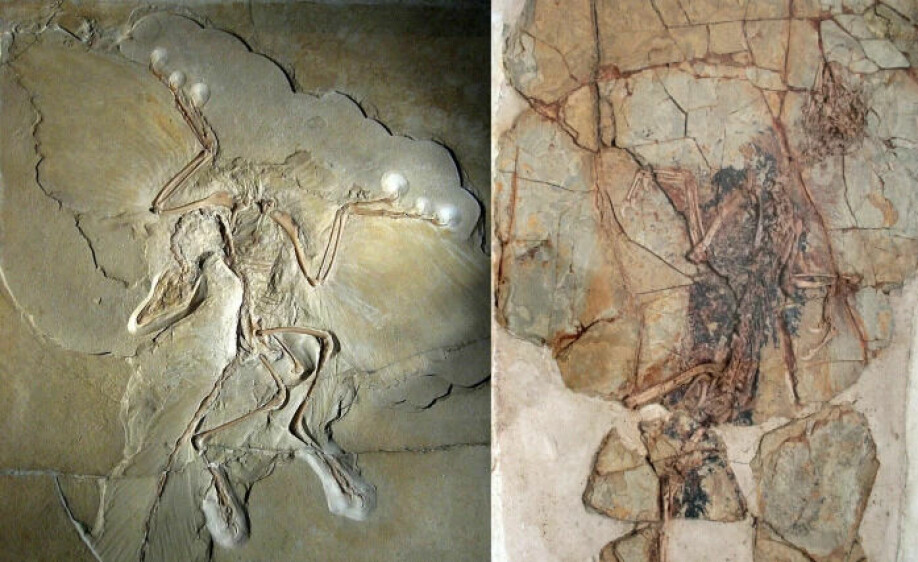
2012: Monster lizards in Svalbard
From 2004 to 2012, a team from the Natural History Museum at the University of Oslo dug for marine reptiles in Svalbard, north of Longyearbyen.
Jørn Hurum led the project, along with his colleagues.
The researchers found 60 skeletons of monster lizards, mostly ichthyosaurs and plesiosaurs dating from the Jurassic period towards the transition to the Cretaceous. New species were discovered from both groups.
Among other things, the researchers found a new plesiosaur species: A beautiful, almost complete specimen has been nicknamed Britney.
The researchers also found a giant short-necked plesiosaur with a head longer than a grown man.
“In 2012 we released articles about ichthyosaurs and plesiosaurs in Svalbard. There was a flurry of publications. It was fun that we put Svalbard on the map,” Hurum said.
“We found and described an entire ecosystem, so we spent a number of years on it. We have described everything from the smallest microfossils of algae to the largest animals that lived there,” he said.
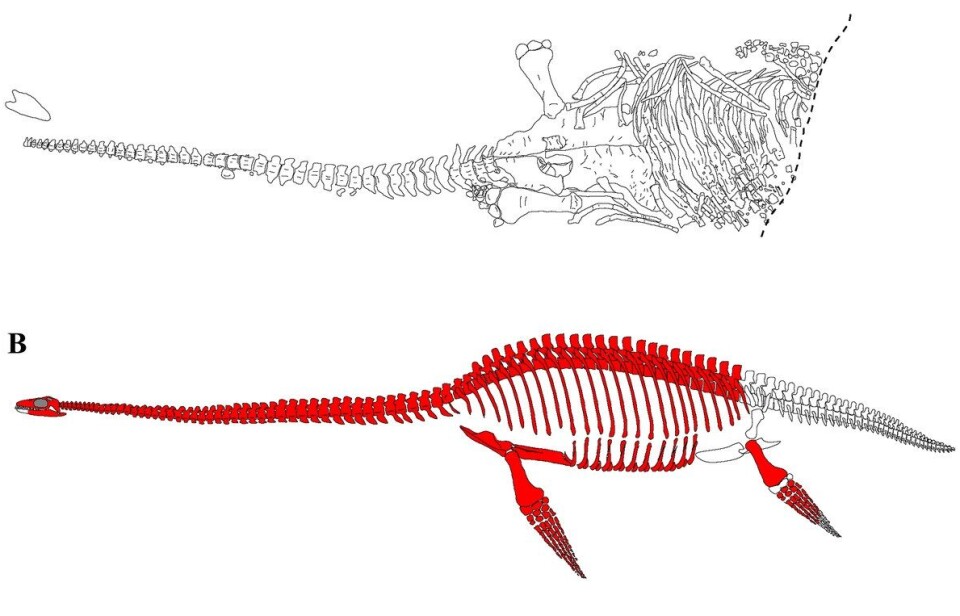
2015: Weird dinosaur with the shortest name
A small, strange dinosaur from China was described in 2015. This is a reminder that dinosaurs came in many forms.
Maybe it lived in the trees and could glide. It lived 160 million years ago.
It had bat-like wings, but was neither a bat, nor a bird, nor a flying lizard.
“It's like mix between a bird and a bat, and it shouldn't exist,” Hurum said. “It's one of the craziest things that has been described in the last 20 years.”
In addition, the species has the shortest name of any dinosaur to date. It is called Yi qi, which means ‘strange wings’.
With the many bird-like dinosaurs that have now been found, how do you distinguish between what were birds and what were dinosaurs?
“Now they are so close to each other that it is very difficult, actually. One of the few distinctions we try to keep is active flight, that they have such large wings that they can actually fly actively and not just glide,” Hurum said.
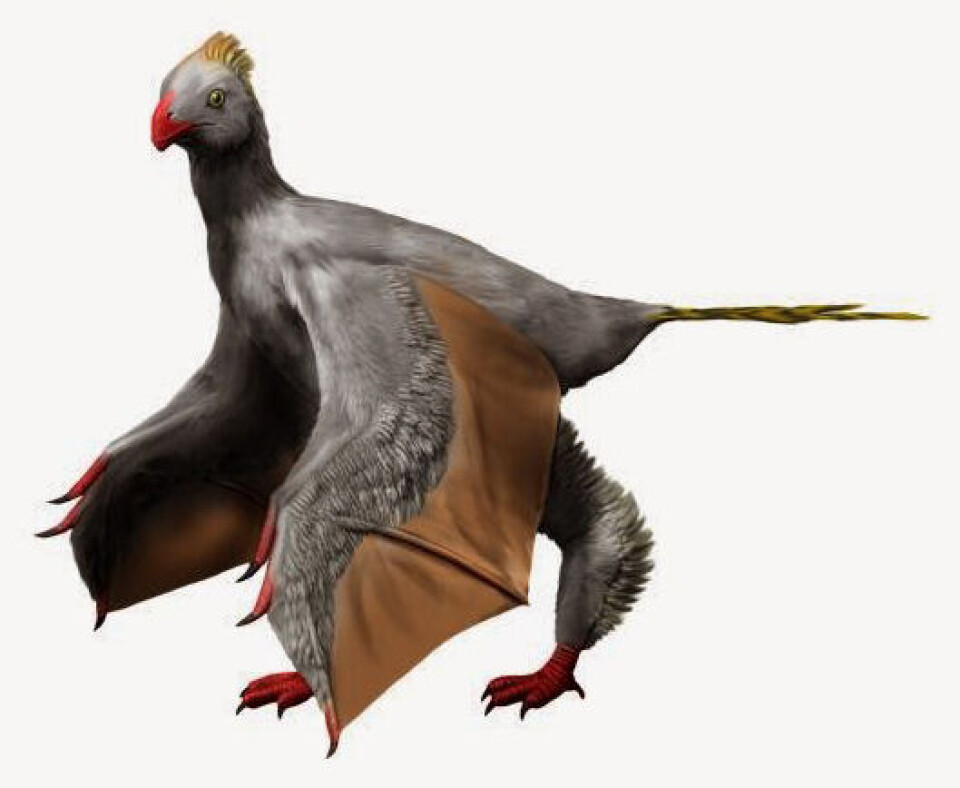
2017: Spectacular ankylosaur
An extremely well-preserved fossil found in 2017 made it possible to see what an individual from an iconic group of dinosaurs looked like.
The ankylosaur from Canada is so well preserved that you can see the spines on its back and impressions from the skin.
“It was found in the oil sands in Alberta. It is so complete, it is the most beautiful ankylosaur and one of the most beautiful dinosaur fossils in the world, if you ask me,” Hurum said.
“It has all the skin plates in place, and you really see what it was like as a living animal,” he said.

2019: The giants that lived before the dinosaurs
The Earth was inhabited by large animals even before the dinosaurs.
Lisowicia was a Triassic animal found in Poland. It was powerfully built and four-legged. It ate plants, was about 4.5 metres long and lived about 205 to 210 million years ago.
The animal was neither a dinosaur nor a mammal, but is more closely related to mammals than to dinosaurs. It belongs to a group called dicynodonts.
These animals are found in the same layers where dinosaur ancestors and early dinosaurs have appeared.
These animals are less well-known than the dinosaurs, Hurum said.
“Actually, there are probably many nightmare-inducing animals from the Triassic period before the dinosaurs came. There were lots of great oddities,” he said.
Other Triassic animals have been found in the same area in Poland. In 2012, a carnivore from about the same time was found. It was called Smok, which means dragon in Polish.
It resembles a carnivorous dinosaur, but was no dinosaur, Hurum said.
These animals disappeared during the Triassic period, when the dinosaurs took over.
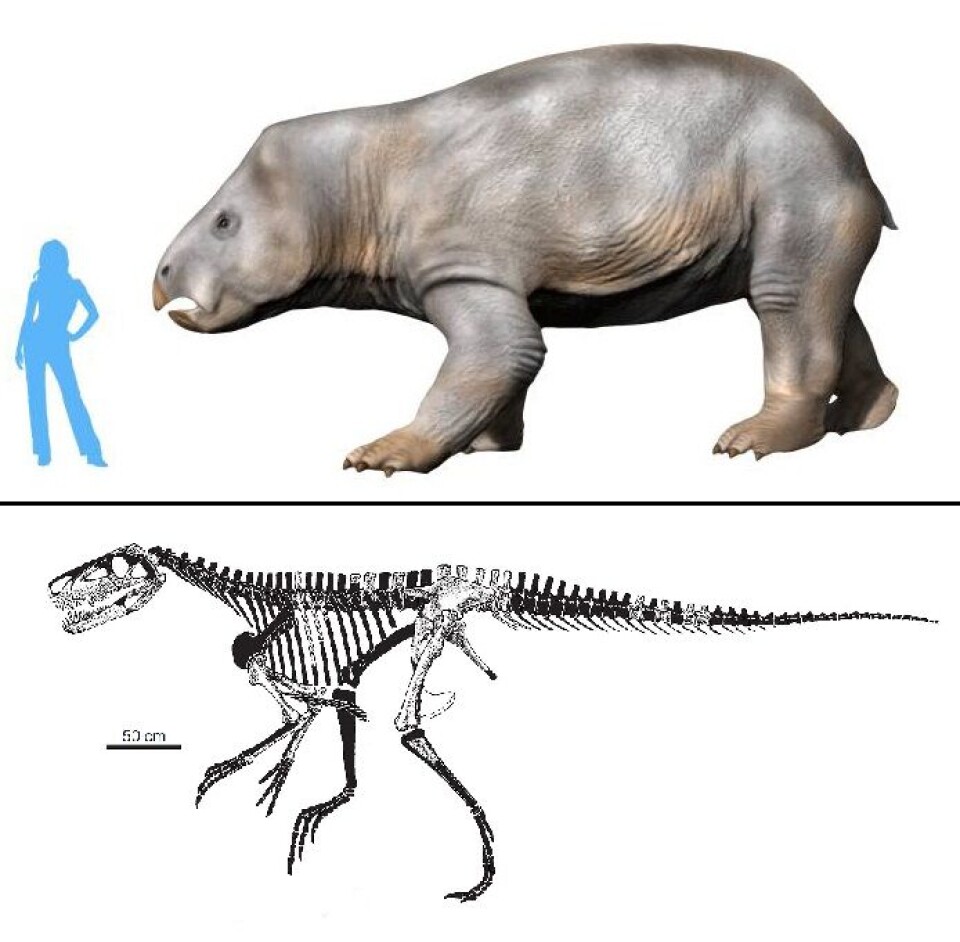
Translated by Nancy Bazilchuk
———
Read the Norwegian version of this article at forskning.no
------








